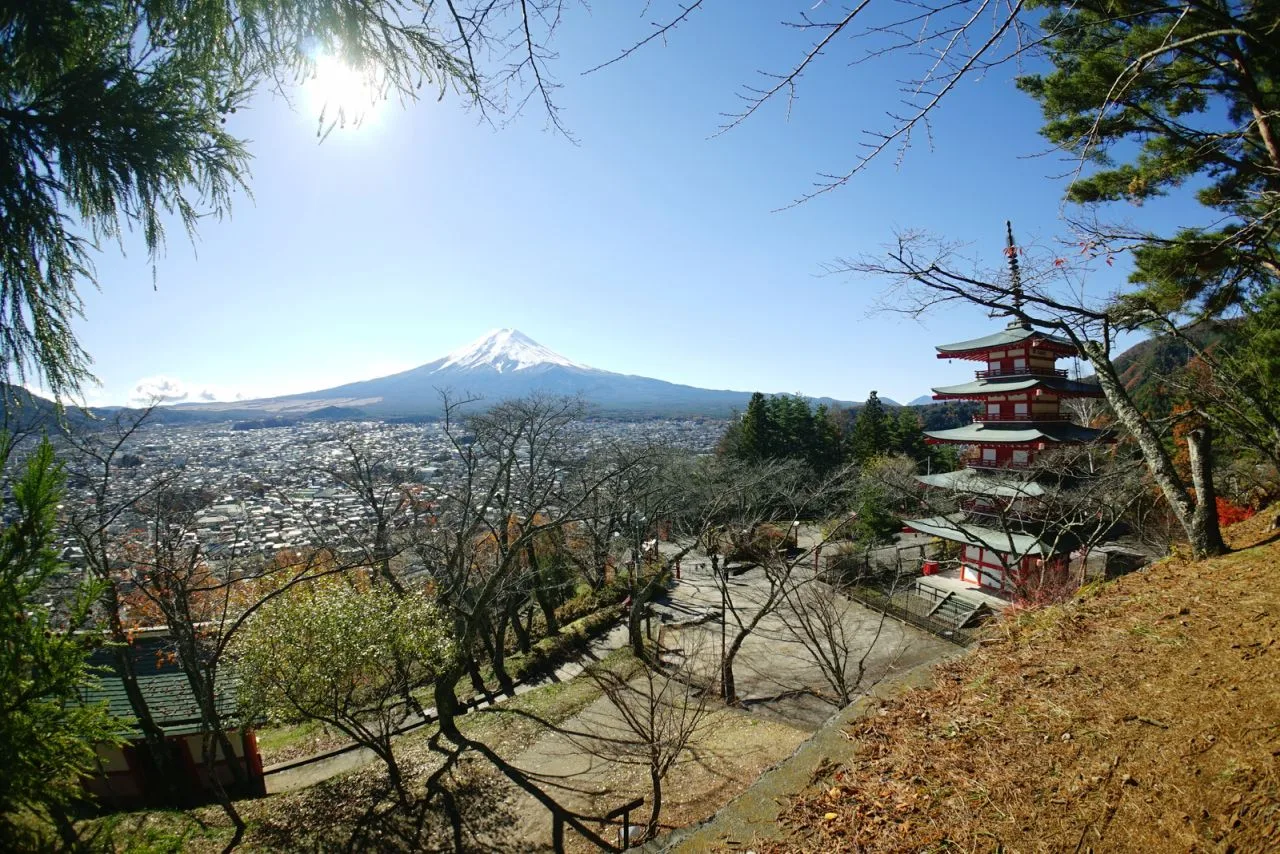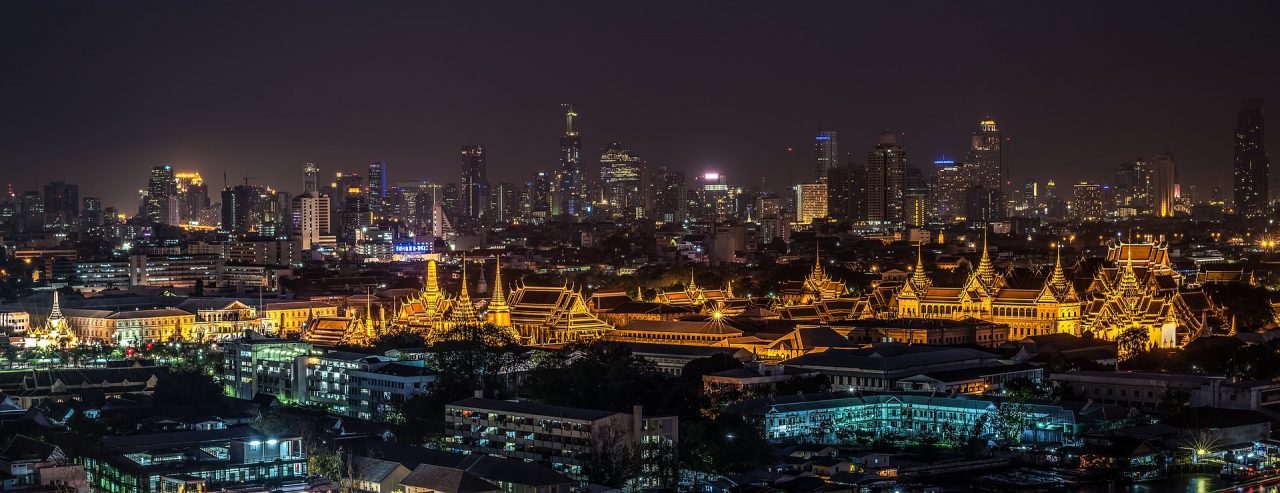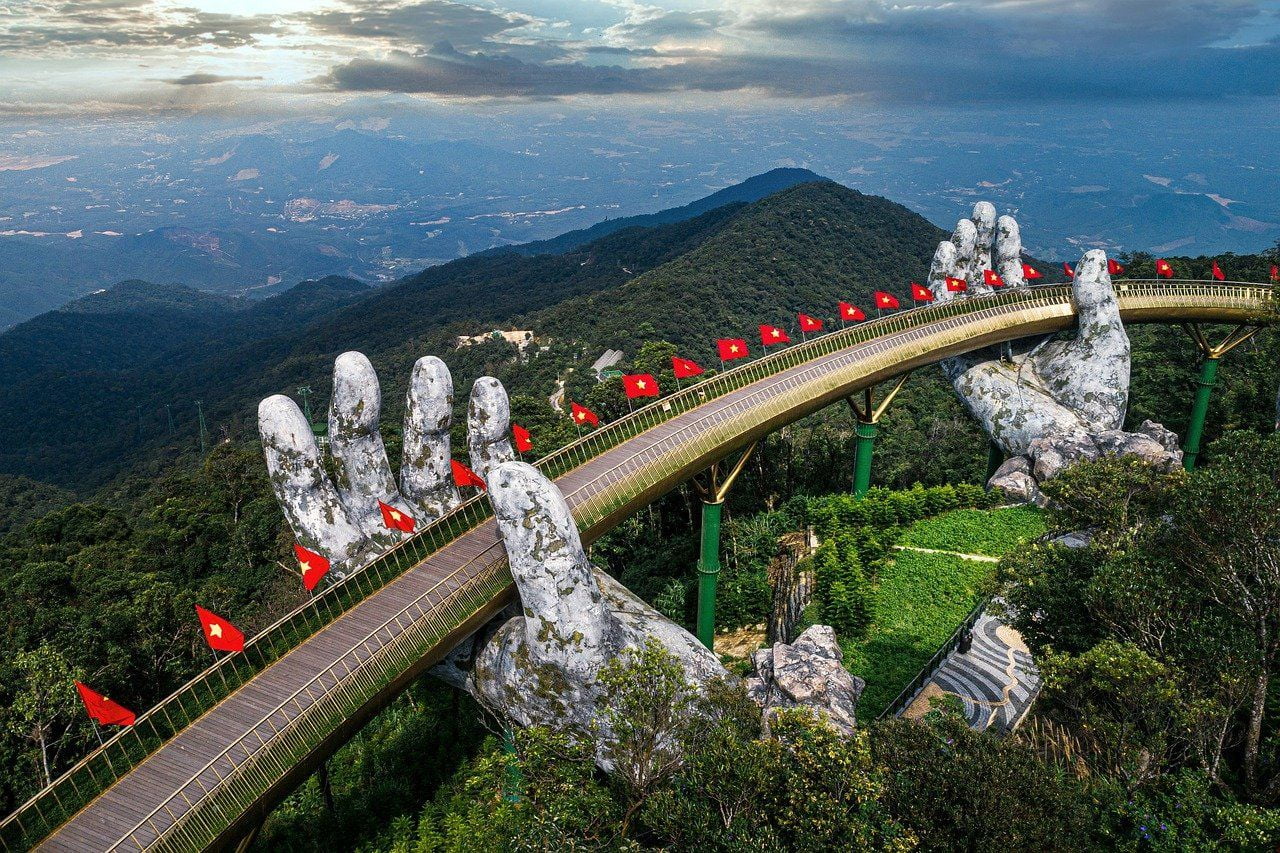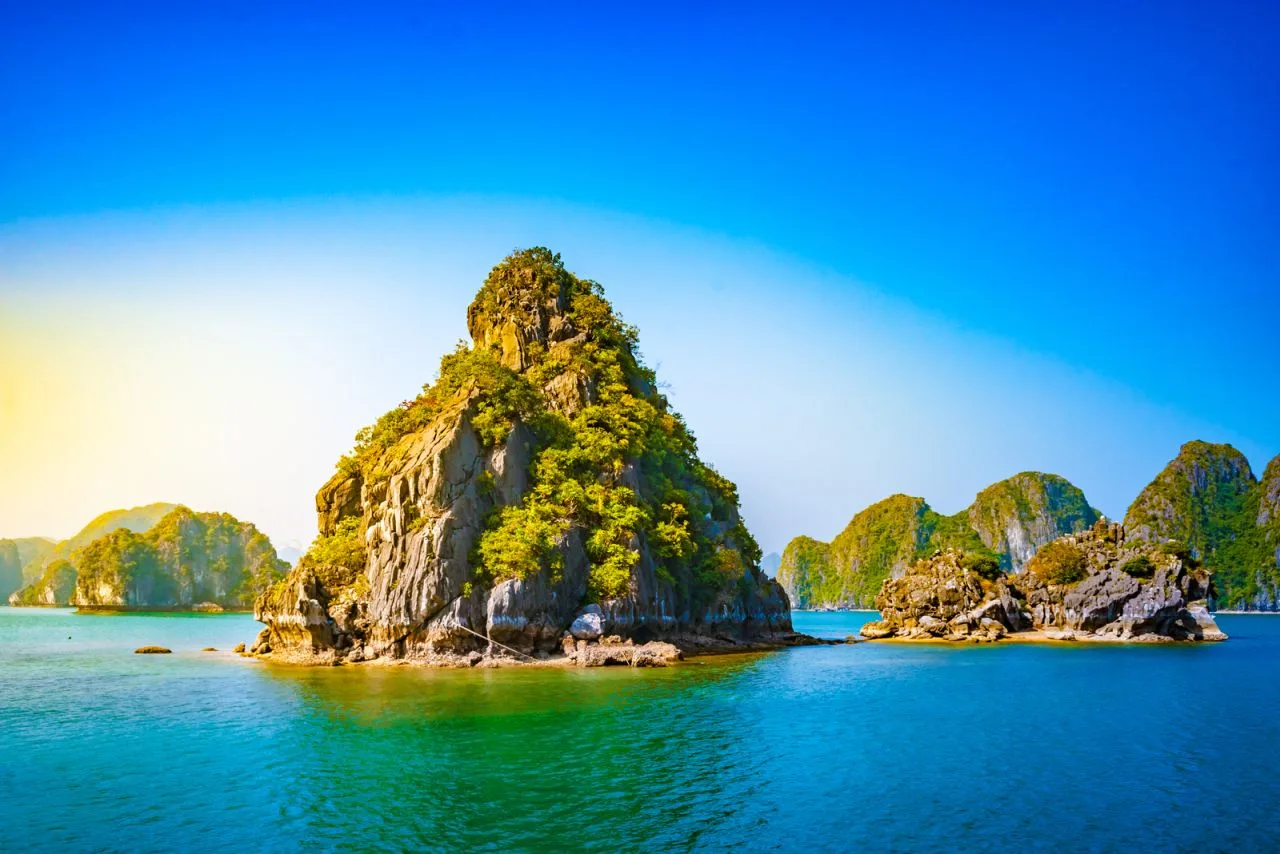Mt. Fuji, Japan
Address
Mt. Fuji, Japan
GPS
35.362799, 138.730781
Japan’s Mt. Fuji is an active volcano mountain 100 kilometers southwest of Tokyo. Commonly referred to as “Fuji-san,” it is the highest peak in the country, at 3,776 metres. The pilgrimage site has been considered one of Japan’s three sacred mountains for centuries, and the summit hikes remain a popular activity.
Introduction to Mt. Fuji
Welcome to the majestic beauty of Mt. Fuji in Japan, a symbol of both serenity and strength that captivates visitors from around the world. As you embark on this virtual journey with us, prepare to immerse yourself in the rich history, breathtaking views, and cultural significance of this iconic volcanic peak.
Whether you’re a seasoned hiker or simply seeking a peaceful retreat amidst nature’s grandeur, Mt. Fuji offers an unforgettable experience for every traveler. Join us as we explore all there is to know about visiting this awe-inspiring wonder!
History and significance of Mt. Fuji
At the heart of Japan’s cultural and spiritual identity stands the iconic Mt. Fuji, a symbol of resilience and beauty. With a history dating back centuries, Mt. Fuji has been revered by locals and visitors alike for its majestic presence.
 Known as “Fujisan” in Japanese, this sacred mountain holds significant importance in various art forms like literature, paintings, and poetry. It has inspired artists and poets with its grandeur and mystique over the years.
Known as “Fujisan” in Japanese, this sacred mountain holds significant importance in various art forms like literature, paintings, and poetry. It has inspired artists and poets with its grandeur and mystique over the years.
Mt. Fuji is also recognized as a UNESCO World Heritage Site due to its cultural significance to the Japanese people. Its perfectly symmetrical cone shape has captivated travelers from around the world, making it one of Japan’s most famous landmarks.
In addition to being an active volcano, Mt. Fuji attracts pilgrims seeking spiritual enlightenment while offering breathtaking views that continue to leave visitors spellbound with its timeless allure.
Geographical location and weather conditions
Situated on the main island of Honshu in Japan, Mt. Fuji stands tall at 3,776 meters (12,389 feet). Its iconic conical shape makes it a UNESCO World Heritage Site and a symbol of Japan’s natural beauty.
Located about 100 kilometers southwest of Tokyo, Mt. Fuji is easily accessible from the bustling city but offers a serene escape into nature. The weather conditions around Mt. Fuji can vary drastically throughout the year due to its high elevation.
During the summer months from July to early September, hikers and climbers flock to Mt. Fuji as this is the official climbing season when snow has melted off most of the trails. However, temperatures can still drop significantly at higher altitudes even during these months.
In contrast, winter brings heavy snowfall and extremely cold temperatures that make climbing dangerous and often prohibited. It’s essential to check weather forecasts before planning your visit to ensure a safe and enjoyable experience exploring this majestic mountain!
Best time to visit Mt. Fuji
When planning a trip to Mt. Fuji, timing is key. The best time to visit this iconic volcano in Japan largely depends on what you want to experience during your visit.
 During the summer months of July and August, Mt. Fuji is open for climbing, offering breathtaking views from its summit. However, this period also tends to be crowded with tourists and hikers alike.
During the summer months of July and August, Mt. Fuji is open for climbing, offering breathtaking views from its summit. However, this period also tends to be crowded with tourists and hikers alike.
If you prefer a quieter experience with fewer crowds, consider visiting during the shoulder seasons of spring (April – May) or autumn (September – October). During these times, the weather is generally milder and you can witness stunning cherry blossoms in spring or colorful foliage in autumn.
Winter at Mt. Fuji offers a completely different experience with snow-capped landscapes creating postcard-worthy views. Just keep in mind that climbing routes are closed during this season for safety reasons.
The best time to visit Mt. Fuji depends on your preferences and what kind of experience you’re seeking amidst its natural beauty.
Things to do at Mt. Fuji
When visiting Mt. Fuji, there are plenty of activities to enjoy amidst its breathtaking scenery. For nature lovers, hiking the iconic mountain is a must-do experience. The trek offers stunning views and a sense of accomplishment as you reach the summit.
 If hiking isn’t your thing, consider exploring the surrounding Five Lakes region. These picturesque lakes offer serene settings for boat rides or leisurely strolls along their shores. You can also visit Chureito Pagoda for an iconic view of Mt. Fuji framed by cherry blossoms in spring or vibrant foliage in autumn.
If hiking isn’t your thing, consider exploring the surrounding Five Lakes region. These picturesque lakes offer serene settings for boat rides or leisurely strolls along their shores. You can also visit Chureito Pagoda for an iconic view of Mt. Fuji framed by cherry blossoms in spring or vibrant foliage in autumn.
For those interested in Japanese culture, attending a traditional tea ceremony at one of the nearby tea houses can be a memorable experience. Additionally, sampling local cuisine such as Houtou noodles or Fujinomiya yakisoba is a delicious way to immerse yourself in the flavors of the region.
Whether you’re seeking adventure, relaxation, or cultural experiences, Mt. Fuji has something for every traveler to enjoy during their visit!
How to get to Mt. Fuji
To reach the iconic Mt. Fuji, there are several convenient transportation options available for visitors. If you’re coming from Tokyo, the most common way to get to Mt. Fuji is by taking a direct bus from Shinjuku Station which provides a comfortable and scenic journey.
Another popular choice is using the train system; you can take the JR Tokaido Shinkansen from Tokyo to Mishima Station or Shin-Fuji Station, then transfer to a local bus that will take you closer to the mountain.
For those seeking more flexibility in their itinerary, renting a car allows for easy access and exploration of the surrounding areas at your own pace.
If public transportation isn’t your preference, hiring a private tour guide could be beneficial as they can provide valuable insights and ensure a smooth travel experience.
No matter which mode of transport you choose, each offers its unique advantages in getting you closer to experiencing the majestic beauty of Mt. Fuji firsthand.
Accommodation options near Mt. Fuji
When planning a visit to Mt. Fuji, finding the right accommodation is crucial for a comfortable and convenient stay. Fortunately, there are various options available near this iconic mountain that cater to different preferences and budgets.
 For those seeking a luxurious experience, there are upscale hotels with stunning views of Mt. Fuji where you can unwind in style after a day of exploration. If you prefer something more traditional, consider staying at a ryokan or minshuku to immerse yourself in Japanese culture and hospitality.
For those seeking a luxurious experience, there are upscale hotels with stunning views of Mt. Fuji where you can unwind in style after a day of exploration. If you prefer something more traditional, consider staying at a ryokan or minshuku to immerse yourself in Japanese culture and hospitality.
For budget-conscious travelers, hostels and guesthouses offer affordable yet cozy accommodation options with shared facilities. Camping enthusiasts can also find campgrounds around the area for a unique outdoor experience under the starry sky.
No matter your choice, staying near Mt. Fuji allows you to fully embrace the serene beauty of this natural wonder while enjoying comfortable lodging during your trip.
Safety tips for hiking or climbing Mt. Fuji
When embarking on a hike or climb up the iconic Mt. Fuji, safety should always be a top priority. The weather conditions on the mountain can change rapidly, so it’s essential to be prepared with appropriate gear such as sturdy hiking boots, warm clothing, and plenty of water.
It is crucial to acclimatize yourself to the altitude before attempting the ascent to prevent altitude sickness. Take your time and listen to your body – if you start feeling unwell, descend immediately.
Always check the weather forecast before starting your journey and be aware that strong winds and sudden fog are common occurrences on Mt. Fuji. Make sure to pack a headlamp or flashlight for early morning starts or late descents.
Consider joining a guided tour or climbing in a group for added safety measures. Additionally, familiarize yourself with the different trails and their difficulty levels beforehand.
Respect any warnings from officials regarding volcanic activity and adhere to designated routes at all times for your safety and that of others around you while exploring this majestic peak.
Cultural customs and etiquette at Mt. Fuji
When visiting Mt. Fuji, it’s essential to respect the cultural customs and etiquette of this sacred site. In Japan, mountains hold spiritual significance, making Mt. Fuji a place of reverence for many.
One important custom is to greet fellow hikers with a friendly “konnichiwa” or “ohayou gozaimasu.” It fosters a sense of camaraderie among climbers sharing the same journey.
 Remember to pack out all your trash and leave no trace behind on the mountain. Respect for nature is paramount in Japanese culture, and preserving the beauty of Mt. Fuji is everyone’s responsibility.
Remember to pack out all your trash and leave no trace behind on the mountain. Respect for nature is paramount in Japanese culture, and preserving the beauty of Mt. Fuji is everyone’s responsibility.
If you encounter local shrine gates or torii along the trails, show respect by bowing slightly as you pass through. These gates mark entrances to sacred spaces and should be treated with reverence.
Embracing these cultural customs will not only enrich your experience at Mt. Fuji but also show respect for the traditions that have been honored for centuries in Japan.
Conclusion
With its rich history, breathtaking beauty, and unique cultural significance, Mt. Fuji in Japan stands as an iconic symbol of the country. This majestic mountain offers visitors a chance to connect with nature, explore traditional customs, and embark on unforgettable adventures.
Whether you choose to admire Mt. Fuji from a distance or conquer its heights through hiking or climbing, the experience is sure to leave a lasting impression. From the lush forests surrounding the base to the snow-capped summit glistening in the sun, every moment spent at Mt. Fuji is a reminder of nature’s magnificence.
So pack your bags, lace up your boots, and get ready for an unforgettable journey to Mt. Fuji. Embrace the beauty of Japan’s most famous peak and immerse yourself in its history and culture – there’s no place quite like it in the world!





